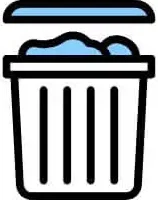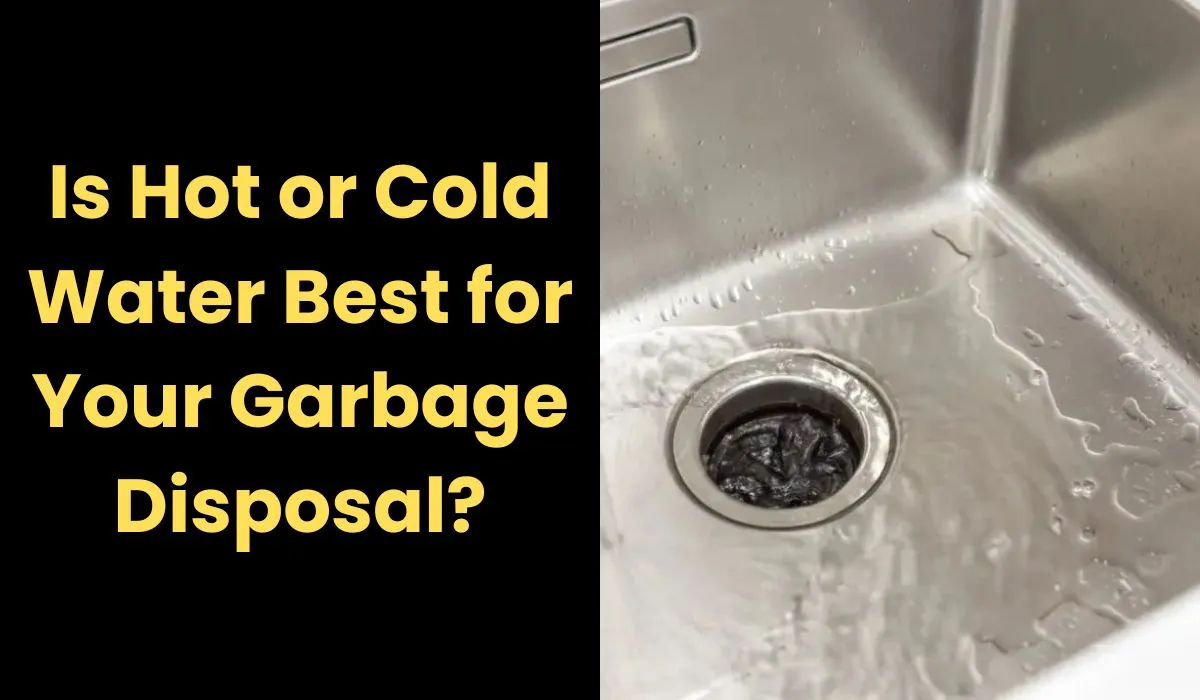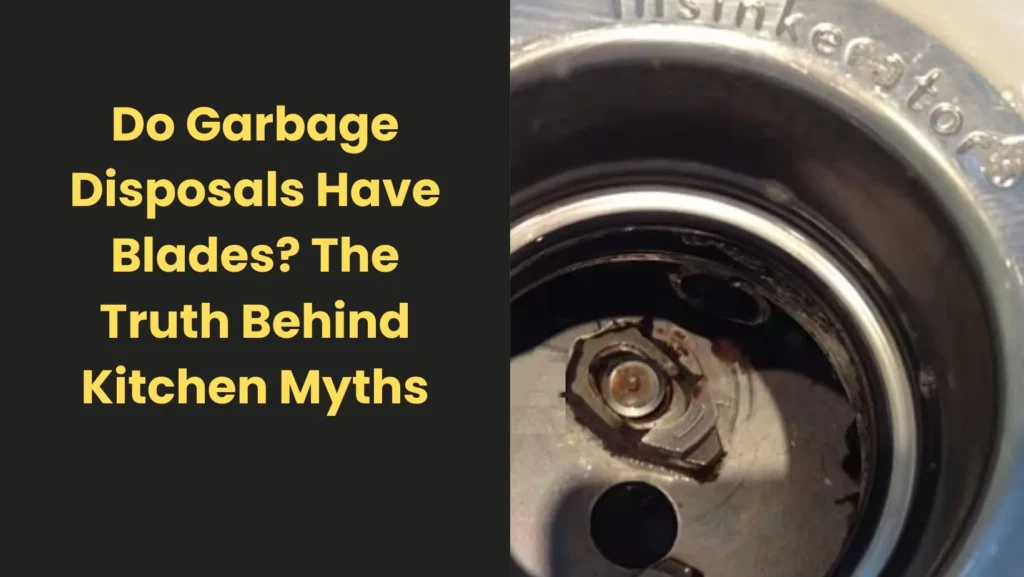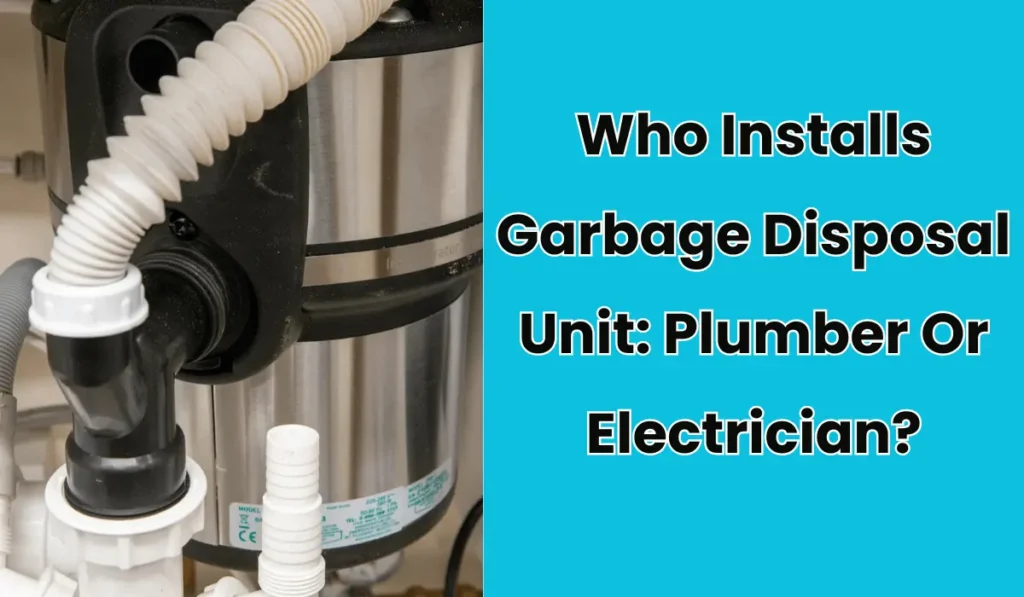Is Hot or Cold Water Best for Your Garbage Disposal? Find Out
If you’ve ever paused mid cleanup and wondered, Should I use hot or cold water with my garbage disposal? you’re not alone. Many homeowners debate this question, thinking hot water might help wash food down faster. However, experts agree that while both temperatures have their moments, cold water is almost always the better choice for your disposal’s health and performance. Let’s break down why.
Why Cold Water Is the Best Option
1. It Keeps Grease From Clogging Your Pipes
Cold water keeps fats and oils solid while they pass through your disposal. When the grease remains firm, the blades can chop it into smaller pieces that wash away safely. In contrast, hot water melts grease, turning it into a liquid that later cools and hardens inside your pipes one of the leading causes of slow drains and nasty clogs.
2. It Protects the Motor and Blades
Running cold water helps regulate the temperature inside the disposal. The cool water keeps the motor from overheating and protects the metal grinding components from excess heat, helping them stay sharper and last longer.
3. It Flushes Food Waste Efficiently
A steady stream of cold water pushes ground-up food through the disposal chamber and into the drain line. This constant flow helps clear debris, reduces buildup, and minimizes the chance of leftover food particles clinging to the sides.
4. It Prevents Bad Odors
Hot water can sometimes break food waste into fine, sticky particles that cling to the disposal walls and start to smell. Cold water keeps the scraps more solid, allowing them to pass through cleanly and keeping your sink fresher for longer.
When (If Ever) to Use Hot Water
Cold water is best during grinding, but hot water still has a role in proper maintenance.
After Use – Quick Rinse
Once you’re done using your disposal, you can run hot water for about 30–60 seconds to help rinse out soap or residue that may have accumulated. Just make sure you’ve already flushed any food waste with cold water first.
For Deep Cleaning Sessions
Occasionally, you can fill the sink with hot, soapy water, unplug the disposal, and let it run as the water drains. This helps clean the grinding chamber and remove trapped particles. It’s a good maintenance habit, but not something to do while grinding food.
⚠️ Caution:
Avoid running hot water when grinding greasy or oily foods. Liquified fats may solidify deeper in your drain system and cause stubborn clogs later.
Garbage Disposal Care Tips to Prevent Clogs and Odors
- Keep the Water Running:
Always start with a steady stream of cold water before turning on your disposal, keep it running while grinding, and let it flow for 10–15 seconds afterward. This helps push waste completely through the pipes. - Avoid Grease and Oils:
Never pour cooking oil or melted fat down the drain even with cold water. Let grease cool and solidify in a container, then toss it in the trash instead. - Skip Tough or Fibrous Foods:
Avoid grinding items like celery stalks, corn husks, banana peels, pasta, rice, eggshells, or coffee grounds. These materials can wrap around the blades or expand with moisture, causing jams. - Clean with Ice and Citrus:
Once or twice a month, grind a handful of ice cubes with cold water to scrub the chamber and keep blades clean. Follow that with a few citrus peels (like lemon or orange) for a natural, fresh scent and to help dissolve minor grease residue. - Try Natural Cleaners:
For a deeper clean, pour half a cup of baking soda followed by one cup of vinegar into the disposal. Let it fizz for a few minutes, then rinse with cold water. You can also use enzyme-based or foaming cleaners designed for disposals as they’re safe and help maintain efficiency.
Expert Insights and Common Myths
- Expert Consensus:
Most plumbers and disposal manufacturers agree — always use cold water during operation. It prevents grease from melting, keeps motors cool, and improves overall performance. - Myth: “Hot Water Helps Food Break Down Faster”
It’s true that hot water can soften food waste, but that’s not necessarily a good thing. Softer food can cling to the chamber walls or slip past the blades without being fully ground, leading to clogs farther down the line. - The Balanced Approach:
Use cold water during grinding to handle waste effectively, and switch to warm or hot water after use for a quick rinse when needed. Following this rhythm gives you the best of both worlds clean pipes and a long lasting disposal.
Further Reading:
5 effective steps to get rid of garbage disposal smell
Can You Put Lettuce & Cabbage Down A Garbage Disposal?
Can You Put Drain Cleaner In A Garbage Disposal?
Conclusion
Cold water is simply the smarter choice for your garbage disposal. It keeps the motor cool, the blades working efficiently, and the pipes free from greasy buildup. Hot water can be useful now and then for rinsing or deep cleaning, but it’s not ideal during grinding as it can melt fats that later harden deeper in your drain.
Make it a routine: use cold water while running the disposal, avoid pouring grease or fibrous scraps down the sink, and give the unit a quick monthly clean. These small habits go a long way. They’ll keep your disposal odor-free, performing smoothly, and lasting for years saving you from unnecessary plumbing problems and keeping your kitchen fresh and functional.
The Author

I’m Muhammad Nabeel Dar, an employee in waste management and the owner of Garbage Waste Disposal with more than four years of experience helping people to control waste and garbage disposals are the best tools to control it. Read more







